flywheel
1. A heavy-rimmed rotating wheel used to minimize variations in angular velocity and revolutions per minute,
as in a machine subject to fluctuation in drive and load.
2. An analogous device, especially one used to regulate the speed of clockwork.
Energy density The maximum energy density of a flywheel rotor is mainly dependent on two factors, the first being the rotor's geometry,
and the second being the properties of the material being used. For single-material, isotropic rotors this relationship can be expressed as[8],where the variables are defined as follows:
- kinetic energy of the rotor [J]
- the rotor's mass [kg]
- the rotor's geometric shape factor [dimensionless]
the tensile strength of the material - the material's density [kg/m^3]Geometry (shape factor)[edit]The highest possible value for the shape factor of a flywheel rotor, is , which can only be achieved by the theoretical constant-stress disc geometry.[9] A constant-thickness disc geometry has a shape factor of
, while for a rod of constant thickness the value is
. A thin cylinder has a shape factor of
.Material properties For energy storage purposes, materials with high strength, and low density are desirable. For this reason,
composite materials are frequently being used in advanced flywheels. The strength-to-density ratio of a material can be expressed in the units [Wh ], and values greater than 400 Wh
], and values greater than 400 Wh can be achieved by certain composite materials.
can be achieved by certain composite materials.
Flywheels have also been proposed for use in continuously variable transmissions. Punch Powertrain is currently working on such a device.[17]
During the 1990s, Rosen Motors developed a gas turbine powered series hybrid automotive powertrain using a 55,000 rpm flywheel to provide bursts of acceleration which the small gas turbine engine could not provide. The flywheel also stored energy through regenerative braking. The flywheel was composed of a titanium hub with a carbon fiber cylinder and was gimbal-mounted to minimize adverse gyroscopic effects on vehicle handling. The prototype vehicle was successfully road tested in 1997 but was never mass-produced.[18]
In 2013 Volvo announced a flywheel system fitted to the rear axle of its S60 sedan. Braking action spins the flywheel at up to 60,000 rpm and stops the front-mounted engine. Flywheel energy is applied via a special transmission to partially or completely power the vehicle. The 20 centimetres (7.9 in), 6 kilograms (13 lb) carbon fiber flywheel spins in a vacuum to eliminate friction. When partnered with a four-cylinder engine, it offers up to a 25 percent reduction in fuel consumption versus a comparably performing turbo six-cylinder, providing an 80 hp boost and allowing it to reach 100 kilometres per hour (62 mph) in 5.5 seconds. The company did not announce specific plans to include the technology in its product line.[19]
flywheel housing

Society certificates


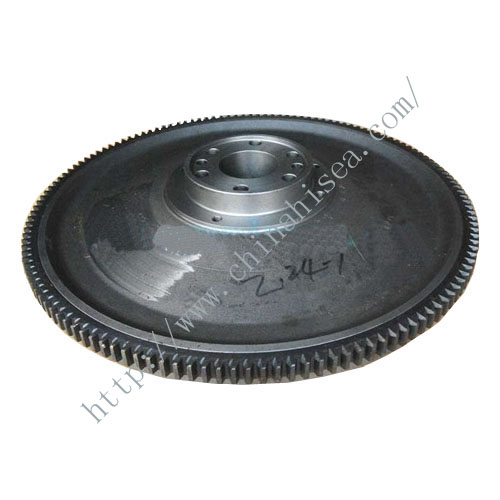
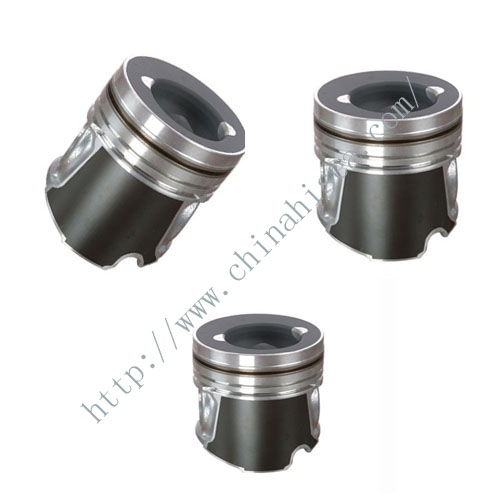
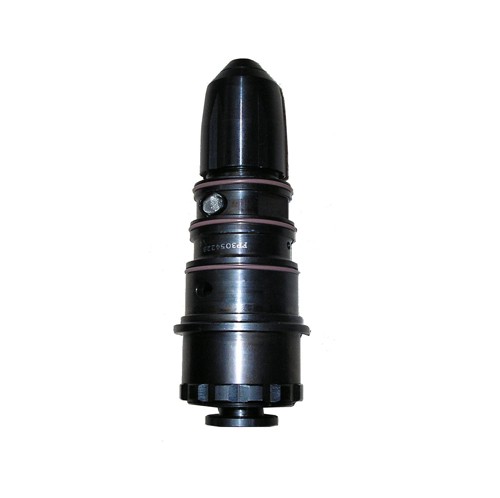

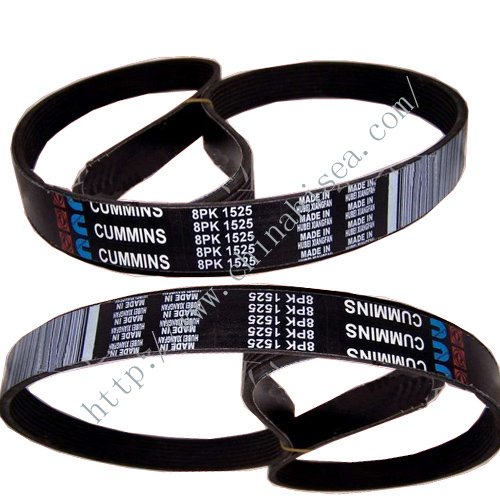
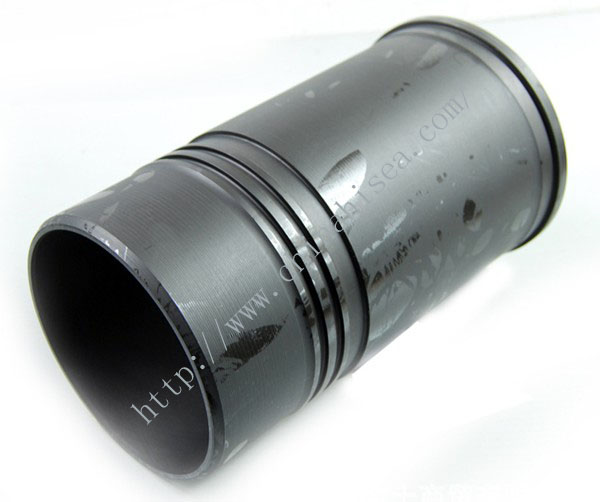
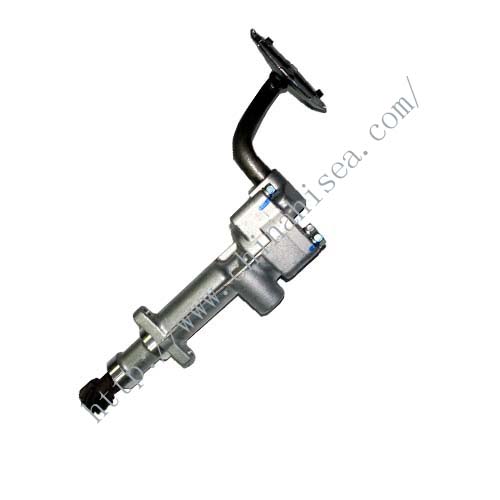
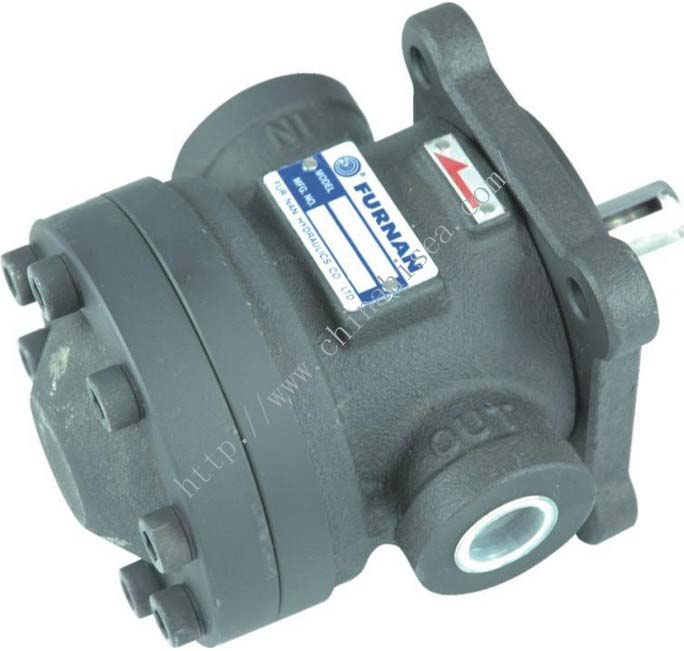
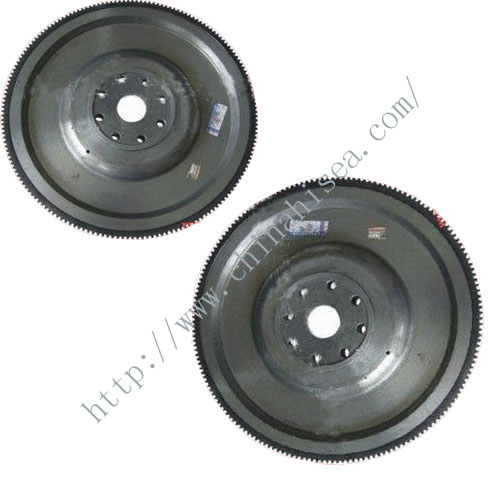
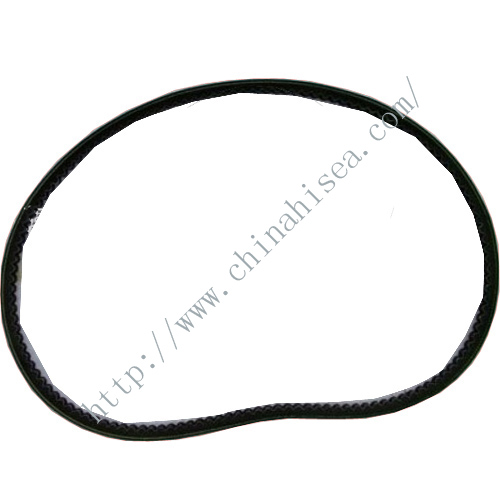
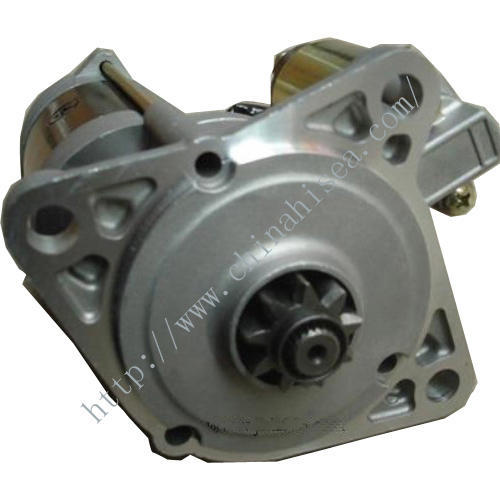
CONTACT WITH US NOW